The digitalisation of our world today has no doubt solved many problems, and the application of artificial intelligence (AI) can already be seen in effect. Let’s delve in and take a look at deep learning- the latest buzzword in the tech world to see how it works and where it can be applied.
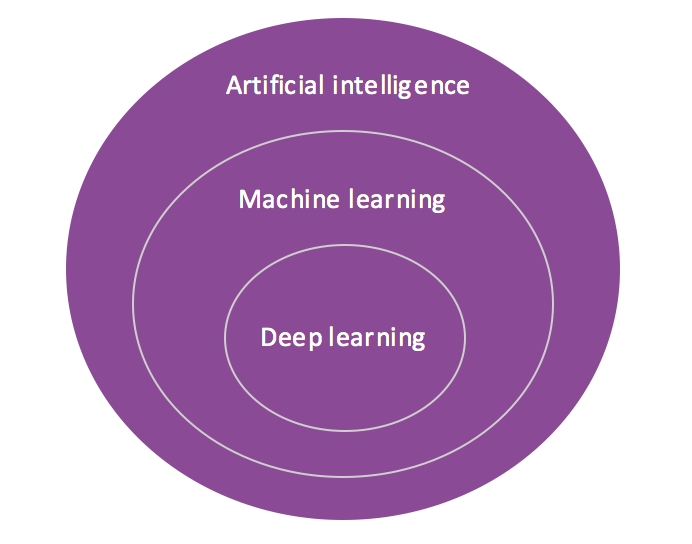
As seen in the graph, deep learning is a subset of artificial intelligence, and is the building block of many automated or innovative processes today. To understand deep learning, we need to take a step back to understand machine learning.
In its simplest sense, machine learning is where a computer program is taught to deliver a desired output (B) in response to a given input (A). This is done through a ‘training set’ where data scientists feed both input and output to the computer through coding and algorithms. Given a person’s image (input), a computer program will then be able to tell you the demographics (output) of that person.

Typically, it is the job of software engineers to write the computer program and instructions. However, in some cases, it may be very difficult and time-consuming for humans to write a program for each situation. For example, face recognition, product recommendation based on purchase history or simply figuring out how to play chess. In machine learning, software engineers simply specify the desired inputs and outputs (the training data) and let the computer figure out how to write the program itself.
Through this training, computer algorithms are able to create, and constantly fine tune a predictive model which helps them to identify and recognise future data.
Thanks to the digitalisation of society where a bulk of what we do and interact with are online, more and more data are being accumulated. This wealth of data feeds the predictive model, and as more data is gathered, the model is improved over time.
Deep learning is a subset of machine learning algorithms, and is at a higher level where the training set involves a web of complex neural networks that impersonates the way our brains sort and process information. This web of neural networks or ‘nodes’ perform computation on data, allowing machines to model human brain processes.
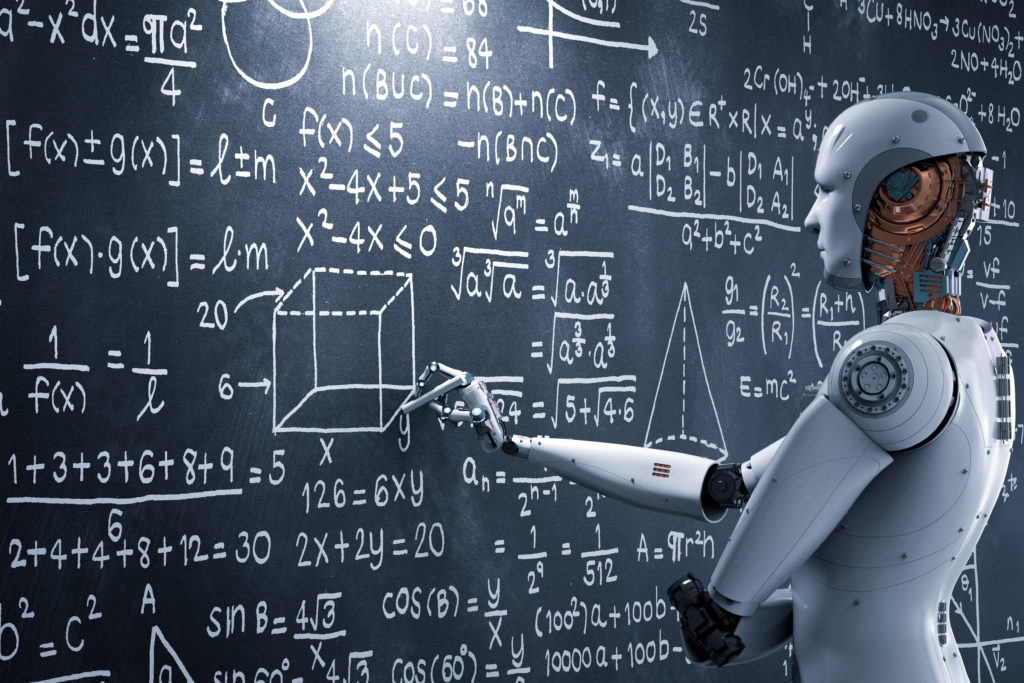
Eventually, it produces a huge amount of data that outperforms other machine learning algorithms.
As a result, the predictive model derived from machine learning becomes pre-emptive. In some cases like object recognition or speech recognition, it even achieves human level performance. Hence, these multi-layer deep neural networks form the term deep learning.
The opportunities presented with deep learning technology are massive. Some of the current capabilities that involve deep learning are people and object detection in images and videos, action detection and recognition, linguistic detection and many more. Each of these capabilities translates into world class solutions for various industry related problems. Some widely known softwares already utilising deep learning are Siri, Alpha Go, and Autonomous Car.
In Motherapp, we focus on applying deep learning on videos so that the cameras can really understand what they are seeing. You will find below some examples of data collated from Motherapp’s video analytics.
Action Detection

People Flow Sensor
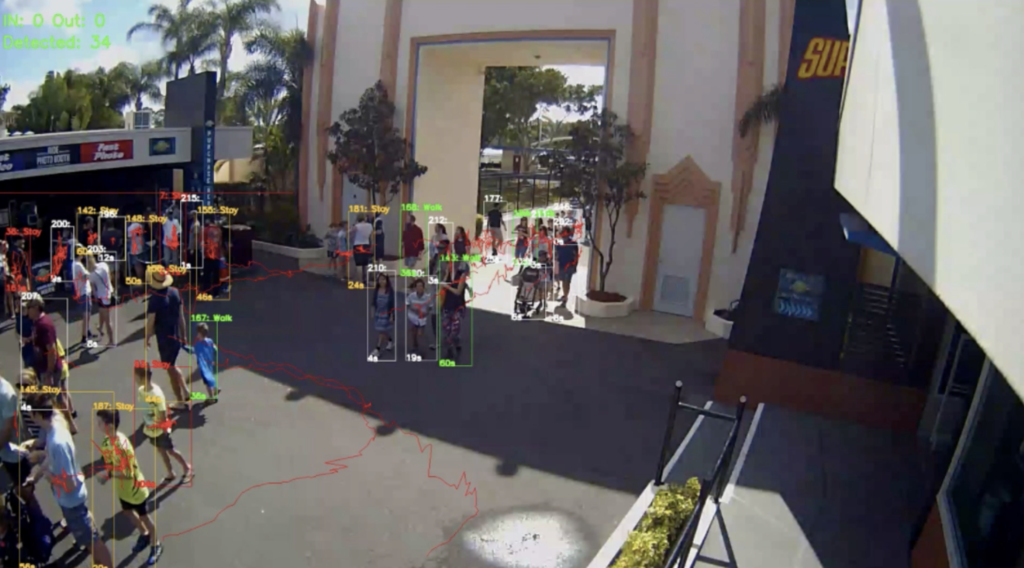
Behaviour Analysis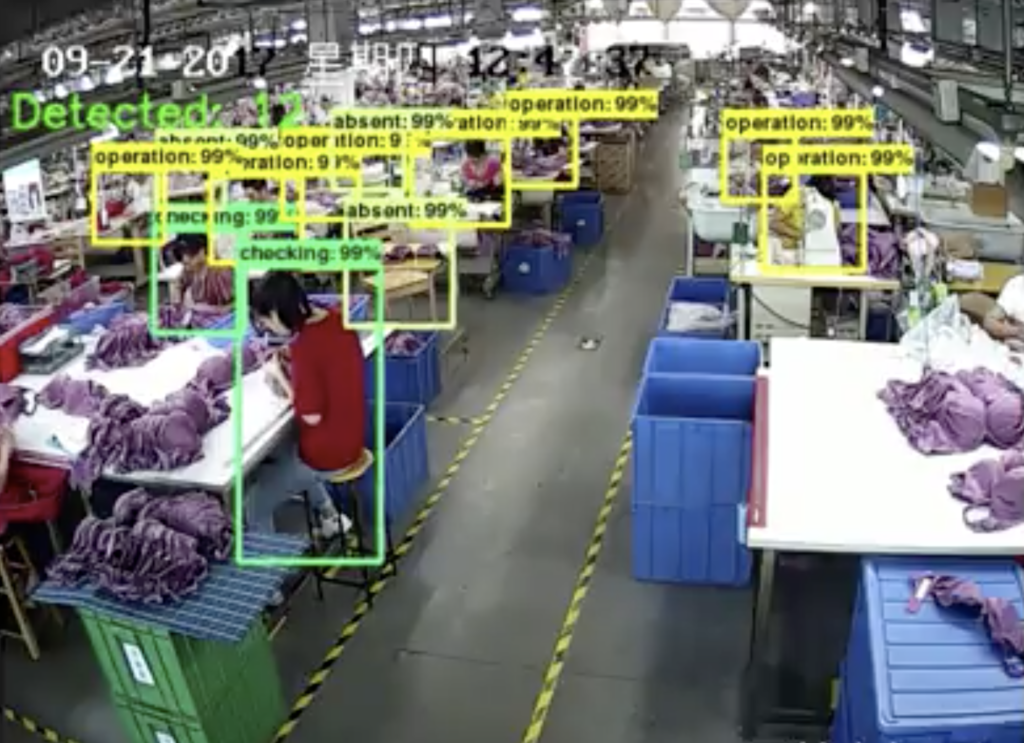
Vehicle Flow Detection
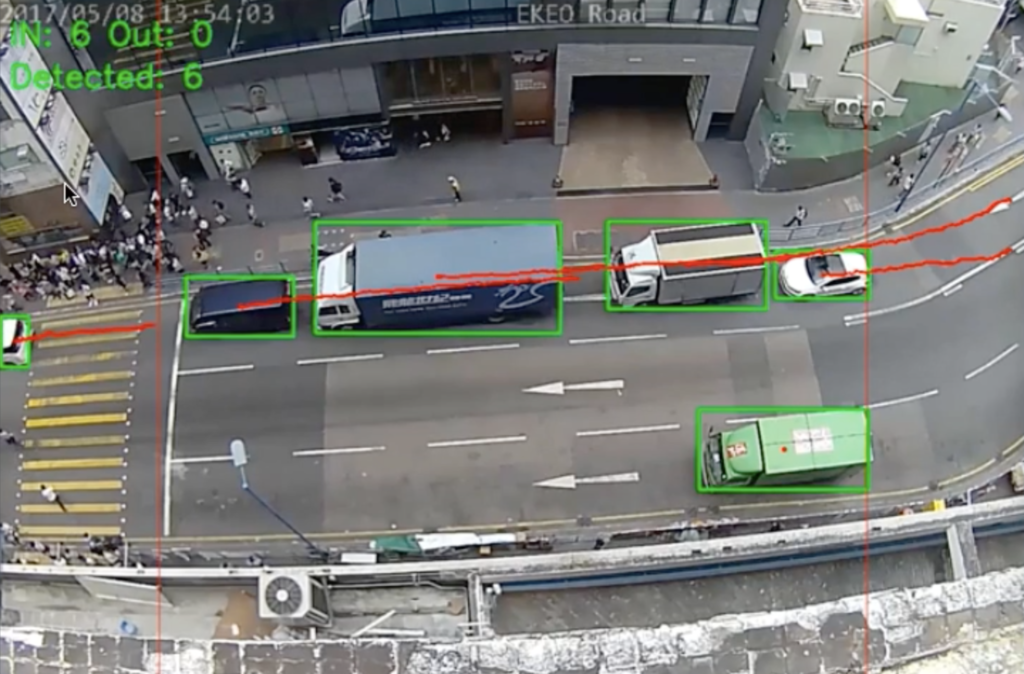
Be the industry leader by spearheading the use of artificial intelligence and deep learning in your day to day business. Let the machines do the work, and free your people to handle what they do best.
If you would like to learn how you can take advantage of this insight and apply deep learning AI to your business, drop us an email at insight@motherapp.com and we will be in touch shortly.
Follow us on Social Media!
